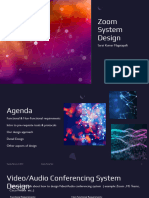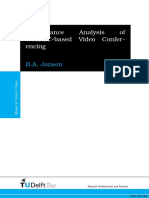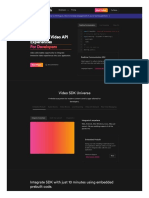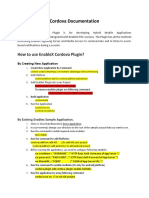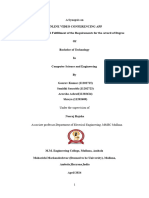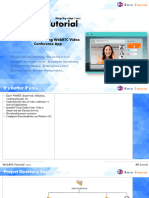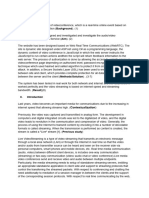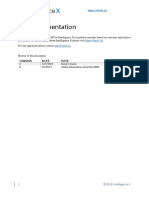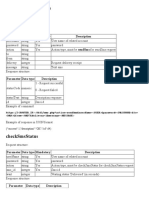0% found this document useful (0 votes)
45 views9 pagesProcessPro
The ProcessPro Video Meeting Application is a comprehensive collaboration platform featuring video conferencing, AI-powered analytics, team chat, and a performance management dashboard, built with React and TypeScript. Key functionalities include real-time video communication, automatic meeting transcription, performance insights, and attention tracking. The application also supports task management, meeting scheduling, and offers a modern user interface with responsive design.
Uploaded by
madhavvarulCopyright
© © All Rights Reserved
We take content rights seriously. If you suspect this is your content, claim it here.
Available Formats
Download as PDF, TXT or read online on Scribd
0% found this document useful (0 votes)
45 views9 pagesProcessPro
The ProcessPro Video Meeting Application is a comprehensive collaboration platform featuring video conferencing, AI-powered analytics, team chat, and a performance management dashboard, built with React and TypeScript. Key functionalities include real-time video communication, automatic meeting transcription, performance insights, and attention tracking. The application also supports task management, meeting scheduling, and offers a modern user interface with responsive design.
Uploaded by
madhavvarulCopyright
© © All Rights Reserved
We take content rights seriously. If you suspect this is your content, claim it here.
Available Formats
Download as PDF, TXT or read online on Scribd
/ 9





